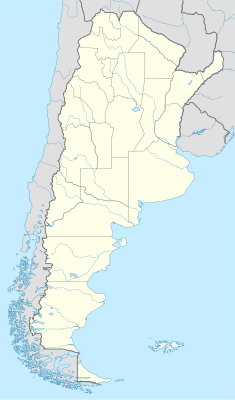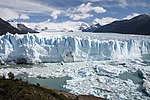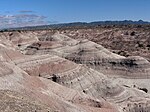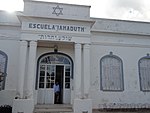The United Nations Educational, Scientific and Cultural Organization (UNESCO) World Heritage Sites are places of importance to cultural or natural heritage as described in the UNESCO World Heritage Convention, established in 1972. [1] Cultural heritage consists of monuments (such as architectural works, monumental sculptures, or inscriptions), groups of buildings, and sites (including archaeological sites). Natural features (consisting of physical and biological formations), geological and physiographical formations (including habitats of threatened species of animals and plants), and natural sites which are important from the point of view of science, conservation, or natural beauty, are defined as natural heritage. [2] Argentina accepted the UNESCO World Heritage Convention on 23 August 1978, making its historical sites eligible for inclusion on the list. [3]
Contents
There are 12 World Heritage Sites in Argentina, and a further eight on the tentative list. [3] The first site listed was the Los Glaciares National Park, at the 5th session of the World Heritage Committee, held in Sydney, Australia, in October 1981. [4] The most recent site listed was the ESMA Museum, in 2023. Five sites in Argentina are listed for their natural and six for cultural properties. Three sites are shared with other countries: the Jesuit missions are shared with Brazil, the sites of the Inca road system are shared with five countries, and the works of Le Corbusier with six countries. [3]






















